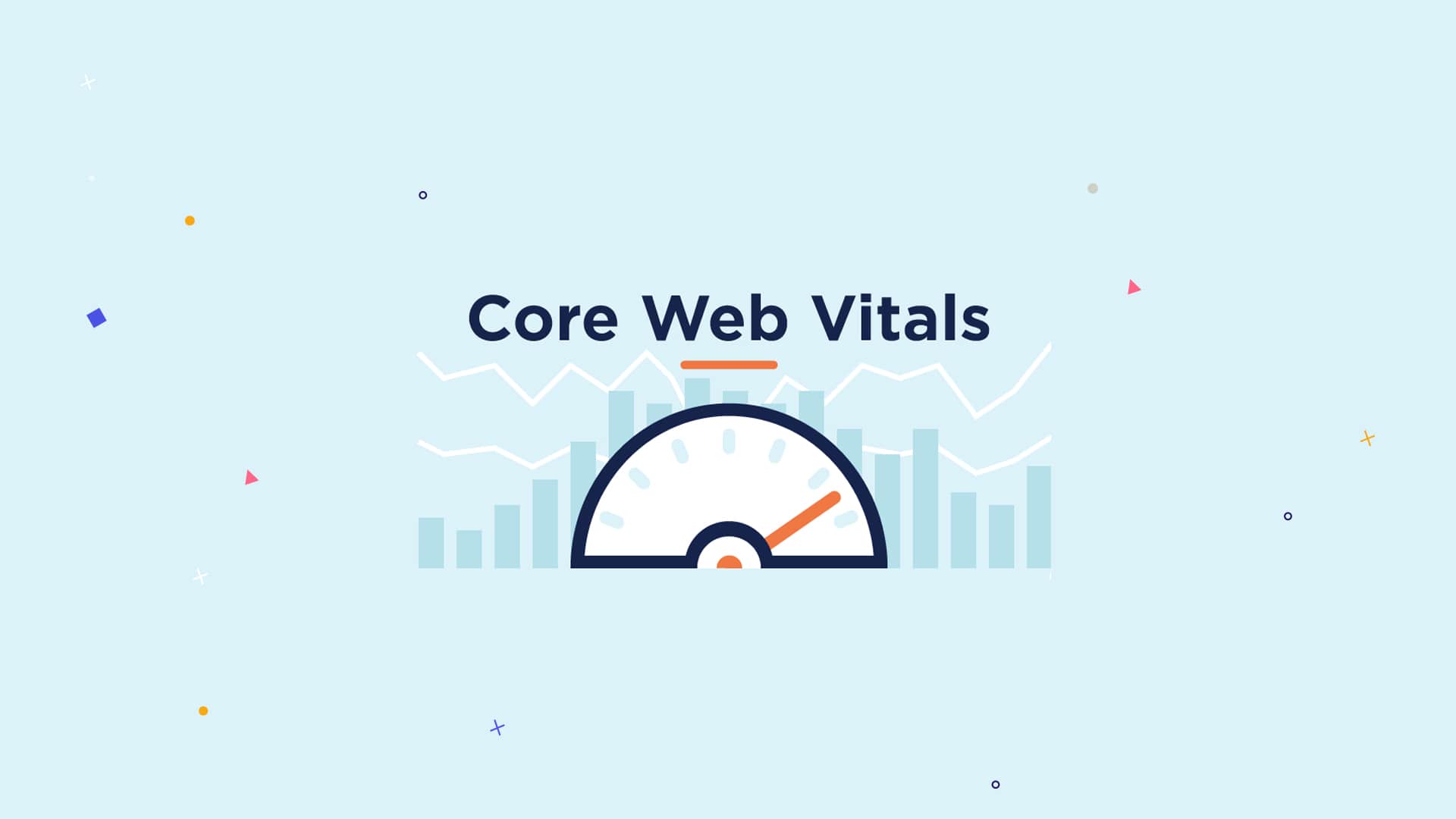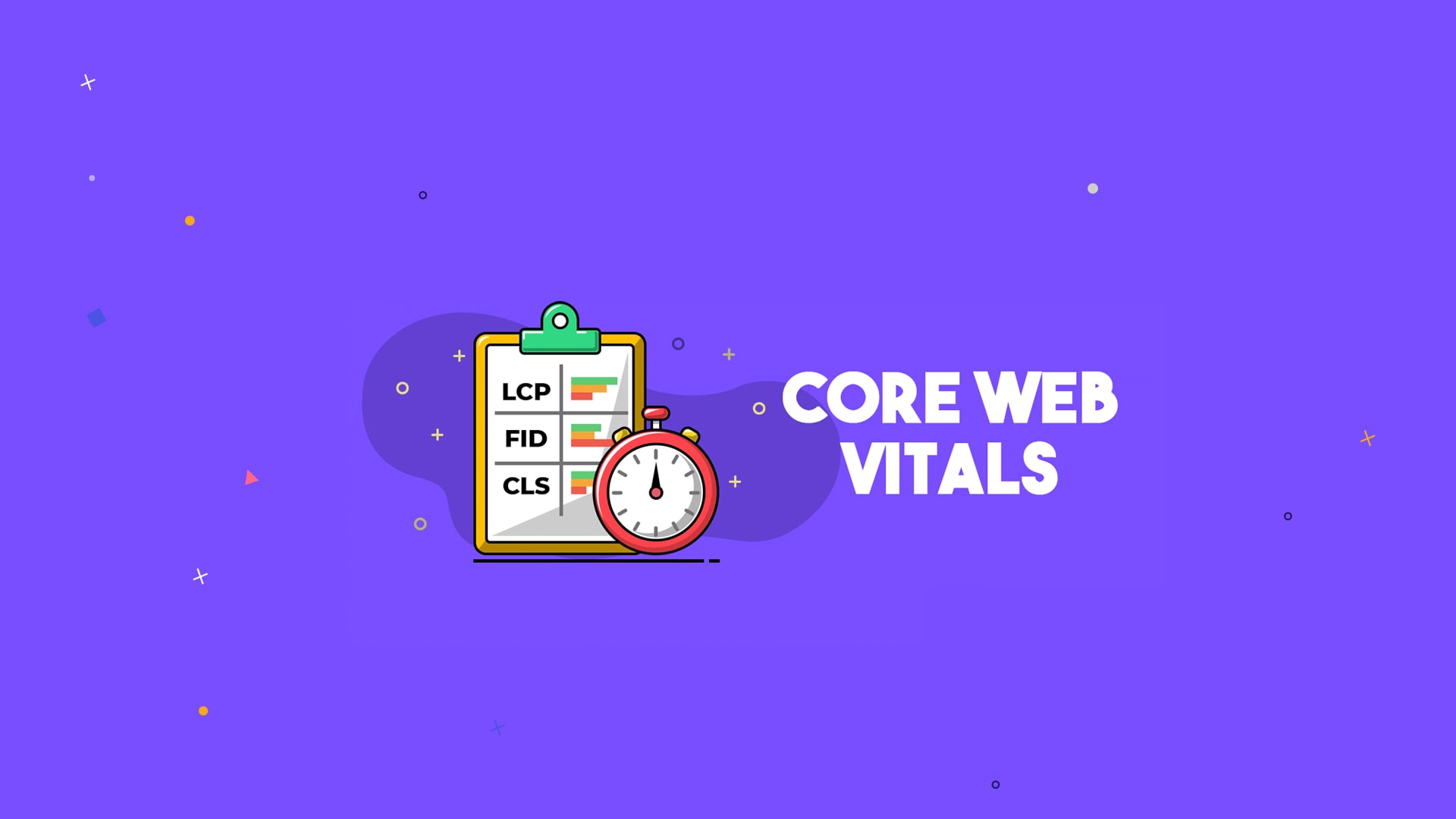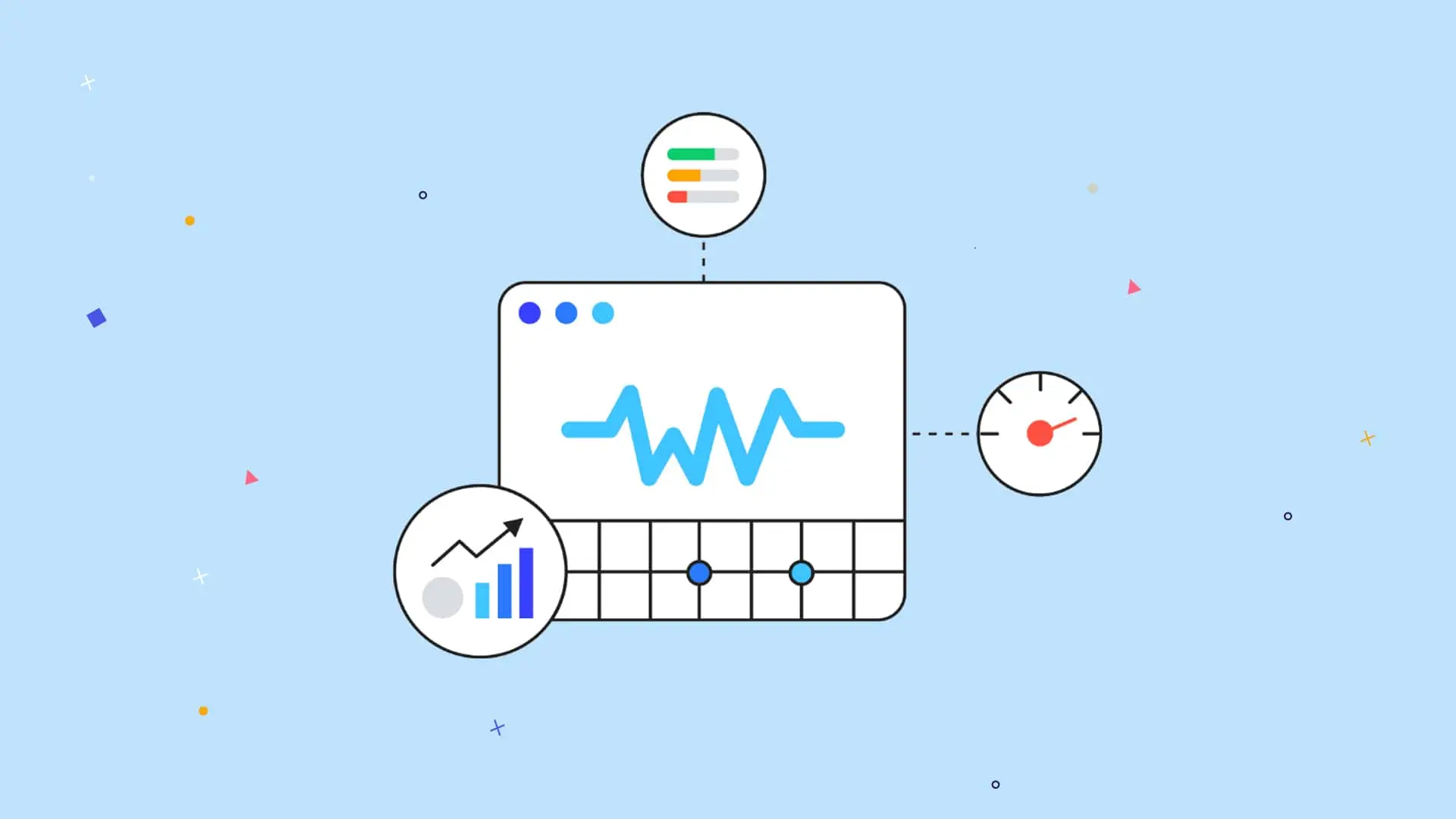What are the Core Web Vitals (CWV)?
In today’s competitive digital landscape, providing an exceptional user experience is more crucial than ever. Google, as the dominant search engine, has made it clear that user satisfaction plays a major role in how websites are ranked. One of the key methods Google uses to evaluate user experience is through Core Web Vitals — a set of metrics that assess how real users experience the performance of a web page.
Whether you’re a business owner, developer, marketer, or SEO specialist, understanding Core Web Vitals is essential for improving your website’s visibility, engagement, and overall search ranking. In this guide, we’ll dive deep into Core Web Vitals, why they matter, and how you can optimize them to stay ahead of the competition.

What Are Core Web Vitals?
Core Web Vitals are a subset of Web Vitals, a broader initiative by Google to provide unified guidance for quality signals that are essential to delivering a great user experience on the web.
These metrics focus on three specific aspects of the user experience:
Largest Contentful Paint (LCP) – Measures loading performance.
First Input Delay (FID) – Measures interactivity.
Cumulative Layout Shift (CLS) – Measures visual stability.
As of 2024, Interaction to Next Paint (INP) has replaced FID as a more accurate representation of interactivity.
Each of these metrics captures a critical component of how users perceive the speed and responsiveness of a website.
Why Core Web Vitals Matter
Unlike traditional metrics that simply measure how fast a page loads technically, Core Web Vitals focus on how fast the page feels to the user. This distinction is important. A page might fully load in six seconds, but the user may perceive it as fast and responsive if meaningful content appears within the first two seconds.
Core Web Vitals offer insights into:
When users see content.
How fast they can interact with it.
How stable the layout is while the page loads.
In May 2021, Google officially integrated Core Web Vitals into its ranking algorithm as part of the Page Experience Update. Since then, optimizing for these metrics has become essential for any website that wants to compete for top rankings.
The Three Core Metrics Explained
1. Largest Contentful Paint (LCP)
LCP measures the time it takes for the largest visible element on a webpage to load — typically an image, banner, or large block of text. This is a key indicator of how quickly a user perceives the main content to be visible.
Good: ≤ 2.5 seconds
Needs Improvement: 2.5–4.0 seconds
Poor: > 4.0 seconds
To improve LCP:
Optimize images and videos.
Use efficient caching strategies.
Eliminate render-blocking resources (e.g., unnecessary JavaScript or CSS).
2. First Input Delay (FID) / Interaction to Next Paint (INP)
FID was originally used to measure the time from when a user first interacts with a page (click, tap, or keypress) to the time when the browser responds.
However, FID had limitations, especially in measuring long interactions. Therefore, INP (Interaction to Next Paint) was introduced as a replacement. INP provides a more comprehensive assessment of interactivity by tracking the latency of all interactions rather than just the first.
Good INP: ≤ 200 ms
Needs Improvement: 200–500 ms
Poor: > 500 ms
To reduce interaction delays:
Minimize JavaScript execution time.
Break long tasks into smaller asynchronous ones.
Use web workers to handle heavy computation in the background.
3. Cumulative Layout Shift (CLS)
CLS measures the total amount of unexpected layout shifts that occur during the lifespan of a webpage. In simpler terms, it checks whether page elements move around while the user is reading or interacting with the page.
Good: ≤ 0.1
Needs Improvement: 0.1–0.25
Poor: > 0.25
Common causes of high CLS:
Images without specified dimensions.
Ads or embeds without reserved space.
Fonts loading late and causing reflows.
To improve CLS:
Always include width and height for images and videos.
Reserve space for dynamic content.
Load fonts and third-party content efficiently.
Why Google Prioritizes User Experience
Google’s ultimate goal is to help users find the most useful and usable content. That’s why it has incorporated Page Experience Signals into its algorithm. These signals include:
Mobile-friendliness
HTTPS security
Safe browsing
No intrusive interstitials
Core Web Vitals
When these elements work together, users are more likely to stay longer on your site, engage with your content, and convert — all of which send positive signals back to Google.
Real-Life Example: Why Core Web Vitals Matter
Imagine visiting a website to purchase a product. You click on the homepage, and it takes five seconds for anything meaningful to load. When you try to click a button, nothing happens for another second. As the page finally responds, an image loads and pushes the button you were trying to click, causing you to accidentally purchase something. That’s a textbook case of poor LCP, INP, and CLS — and it frustrates users.
On the other hand, if the website loaded content immediately, responded to clicks instantly, and remained visually stable throughout, your experience would have been seamless and satisfying.
How to Test and Improve Core Web Vitals
You can analyze your website’s Core Web Vitals using tools like:
Google PageSpeed Insights
Lighthouse
Search Console (Core Web Vitals Report)
Chrome DevTools
Web Vitals Extension (Chrome)
Once you’ve identified the issues, prioritize fixing the ones with the most impact on real users. Consider implementing lazy loading for images, removing unnecessary scripts, deferring third-party JavaScript, and using a Content Delivery Network (CDN).

Final Thoughts
Optimizing for Core Web Vitals is no longer optional. As Google continues to focus on user-centric metrics, your website’s success increasingly depends on how quickly it loads, how interactive it feels, and how visually stable it remains. These aren’t just technical challenges — they’re central to your digital strategy.
By consistently monitoring and improving your Core Web Vitals, you’re not just aiming for better rankings — you’re offering a better experience for your visitors. And that’s the kind of SEO that stands the test of time.

